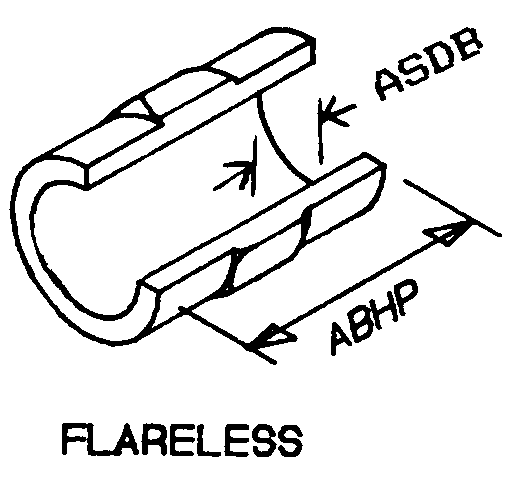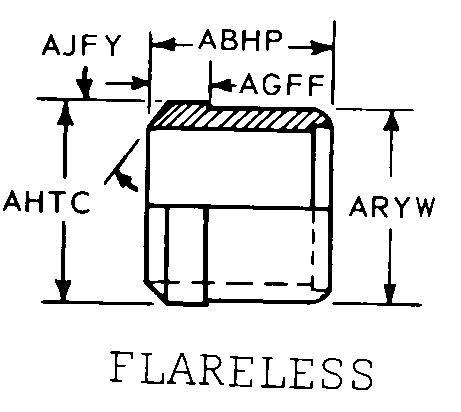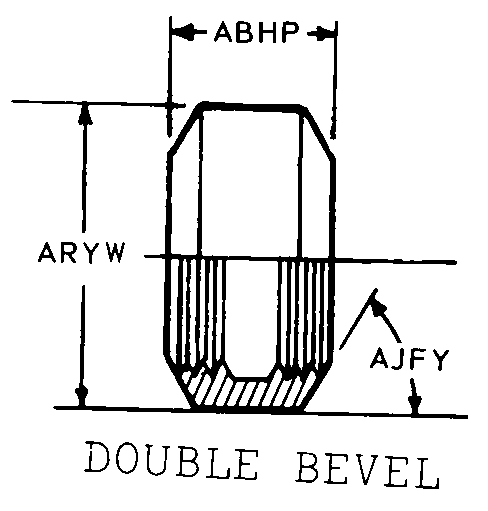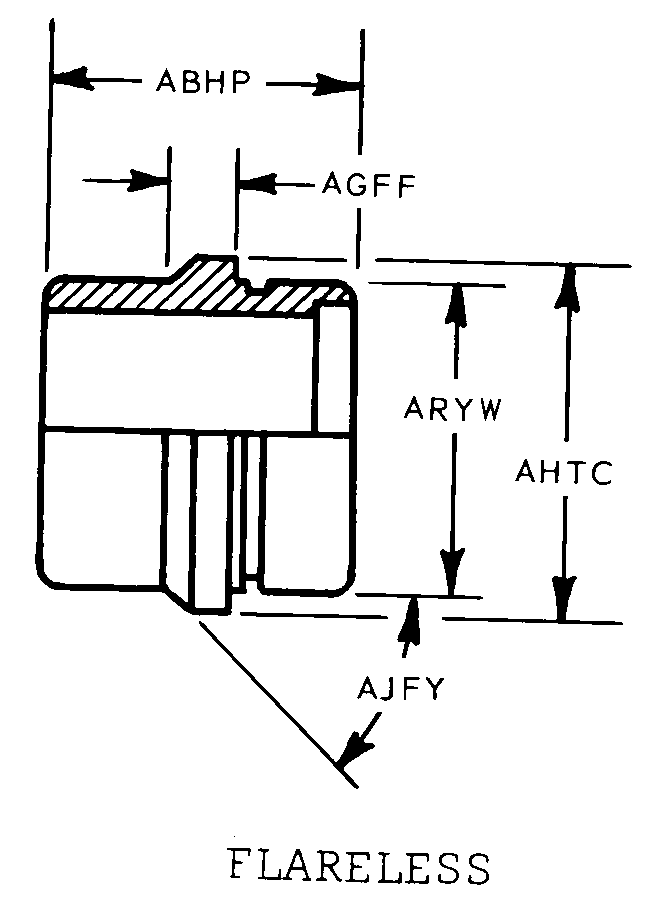4730015234585
Price Quote Get an up to date pricing and availability quote for this product. Order online or over the phone.
Quality Commitment
Serving our customers with quality and safety first.
- AS9120 Certified
- Audited supply chain
- ITAR Registered
- DDTC Registered
- HAZMAT Certified
- Customer service objectives
- Every product 100% inspected

4730-01-523-4585 Specification Set by the OEM (see RNCC code 3)
casehardened
0.590in. ⁓19/32"
fixed wing aircraft, boeing MODEL757
0.060in.
0.422in.
35.0
0.373in.
0.313in.
subassembly is tubing INSTL-Pitotstatic sta 199 to 440; refer to boeingi.p.c. BOE2315 34-11-51-06 no. 337
steel, QQ-S-637, comp 1213
steel comp 1213
cadmium
flareless
cadmium, QQ-P-416, type 1, class 3
81205-BACS13Ap manufacturers specification
Cross Reference Parts Part numbers that meet the specification outlined on this page and set by the OEM
Identification Item Identification Guide (IIG) and Item Name Code (INC)




Definition Definition of approved item name (AIN): "SLEEVE,CLINCH,TUBE FITTING"
A flanged cylindrical item having a sharp cutting surface on the inside diameter at the end opposite the flange. The cutting edge, in use, is designed to imbed in the tubing due to pressure exerted when the outside diameter of the sleeve is forced into and against an angular seat. This firmly attaches the sleeve to the tubing and the flanged end then serves as a bearing surface for the coupling nut to bring the tubing into the mating fitting.
4730-01-523-4585 Material Hazmat, Precious Metals, Criticality, Enviroment, and ESD
Indicates there is no data in the hmirs and the nsn is in a fsc not generally suspected of containing hazardous materials.
Item does not contain precious metal.
No known electrostatic discharge (esd) or electromagnetic interference (emi) sensitivity.
Represents items with no adp components
The item does not have a nuclear hardened feature or any other critical feature such as tolerance, fit restriction or application.
Identification Codes
HMIC: Hazardous Material Indicator Code. A one position code that identifies a hazardous item.
PMIC: Precious Metal Indicator Code. A one position code which identifies items that have precious metals as part of their content. precious metals are those metals generally considered to be uncommon, highly valuable, and relatively superior in certain properties such as resistance to corrosion and electrical conductivity.
ESD: Electrostatic Discharge. Indicates if an item is susceptible to electrostatic discharge or electromagnetic interference damage. electrostatic discharge damage occurs when an accumulation of static electricity generated by the relative motion or separation of materials is released to another item by direct contact. electromagnetic interference damage occurs when an item comes into proximity with an electrostatic or magnetic field.
ENAC: Enviromental Attribute Code. Identifies items with environmentally preferred characteristics.
CRITL: Criticality Indicator Code. Indicates an item is technically critical by tolerance, fit, application, nuclear hardness properties, or other characteristics.






